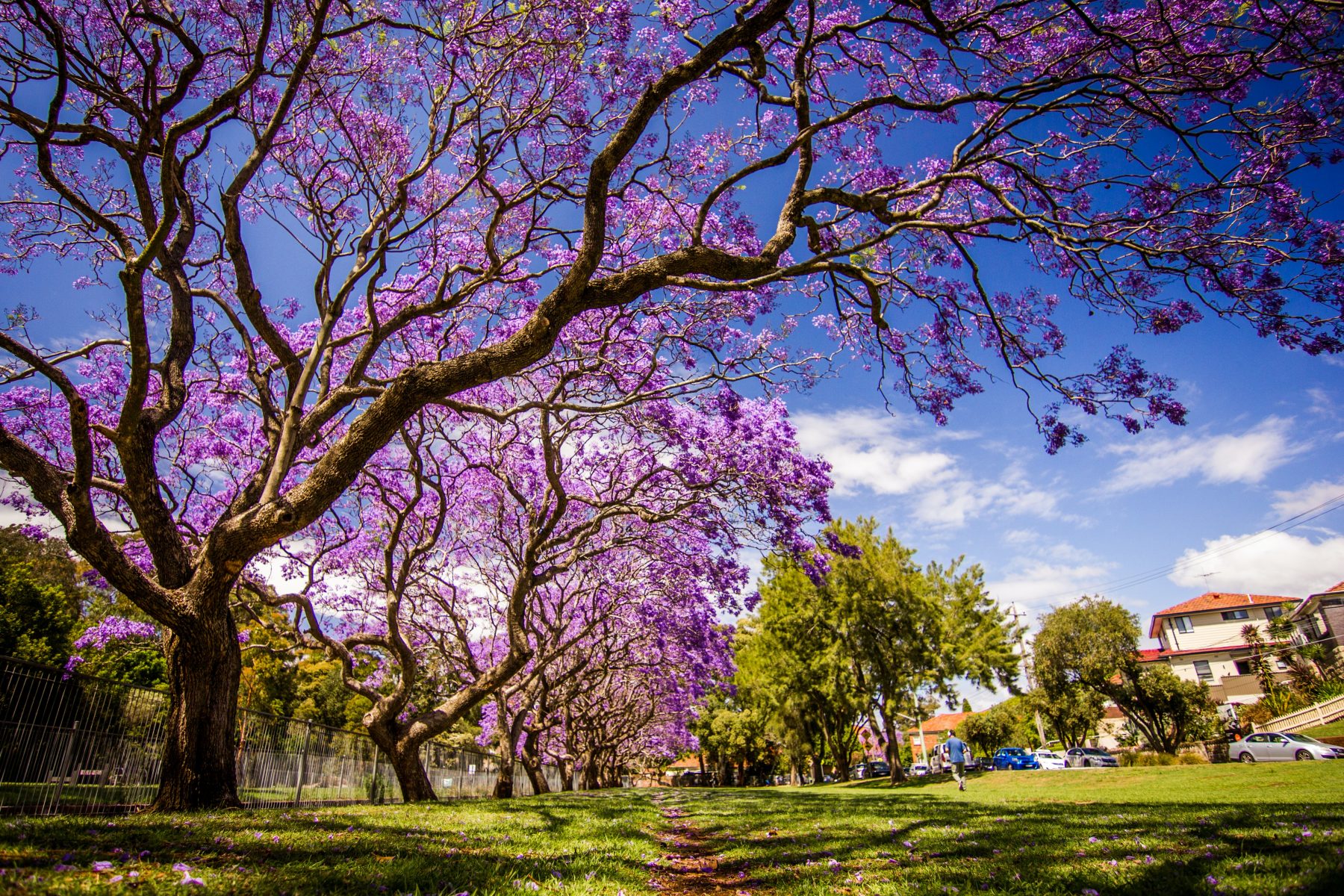Macquarie Uni study gives insight into best trees to protect children from heat

As parts of Australia battle another hot summer, and with climate change an ever present concern, researchers from Macquarie University have undertaken a project into the microclimates of schools, and how best to cool them down.
While the work has been undertaken in a school based context, many of the findings are transferable to the early childhood education and care (ECEC) sector, with lead researcher Distinguished Professor Michelle Leishman developing a list of the 30 most commonly planted trees in the research area (Western Sydney) and selecting the best ones for a playground environment.
The hottest surfaces found in the study were bare soil, unshaded asphalt, and artificial grass – features in many ECEC environments. Artificial turf can be particularly popular, as the heavy foot traffic means it’s challenging to grow real grass.
Some unshaded surfaces in the study reached as high as 70°C but the presence of shading reduced the temperature by 20°C.
Professor Leishman’s findings about which trees are the most suitable are especially pertinent as they cover a number of ECEC considerations, such as:
- Are the leaves poisonous?
- Do they drop soft fruit that children could slip on?
- Do they produce pollen that is an irritant?
- Do they have green limbs that are at risk of dropping?
“We know it’s important to have trees, and trees which can cope with the increase of 49°C days we are expecting,” Professor Leishman said.
“The next question is, which trees?” Leishman says. “This is where the Which Where Plant Project comes in.”
The Which Where Plant Project is about selecting the right plants for the right urban space with an eye on the future – “climate smart” trees that can cope with 49°C days.
Jacaranda trees (Jacaranda mimosifolia) and weeping lilly pilly (Syzygium floribundum) were the top two choices of the research team, who also favoured weeping bottlebrush (Callistemon viminalis) and Queensland brush box (Lophostemon confertus) as hardy choices which would work well for schools, and by extension ECEC services.
Professor Leishman said that while having access to outdoor play is paramount to stimulate physical and cognitive development of children, intense summer heat can be dangerous for them as their smaller bodies make them far more vulnerable to intense heat.
An adult’s optimal thermal comfort is 21-22°C but a UK study found that a child’s is 1.9°C – 2.8°C lower than that of adults.
The identification of the most suitable school yard trees came after Macquarie University teamed up with Western Sydney University to conduct a project called School Microclimates, which is a part of the Cool Schools initiative of Western Sydney University, and co-funded by the Department of Planning, Industry and Environment, WSU and Macquarie.
Popular

Quality
Practice
Provider
Research
Workforce
Honouring the quiet magic of early childhood
2025-07-11 09:15:00
by Fiona Alston

Workforce
Policy
Quality
Practice
Provider
Research
The silent oath: Why child protection is personal for every educator
2025-07-17 09:00:31
by Fiona Alston

Practice
Provider
Quality
Research
Embedding cultural safety and responsiveness to strengthen belonging in early childhood education
2025-07-14 13:21:23
by Contributed Content











